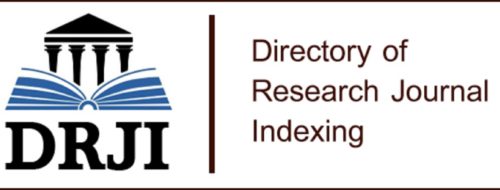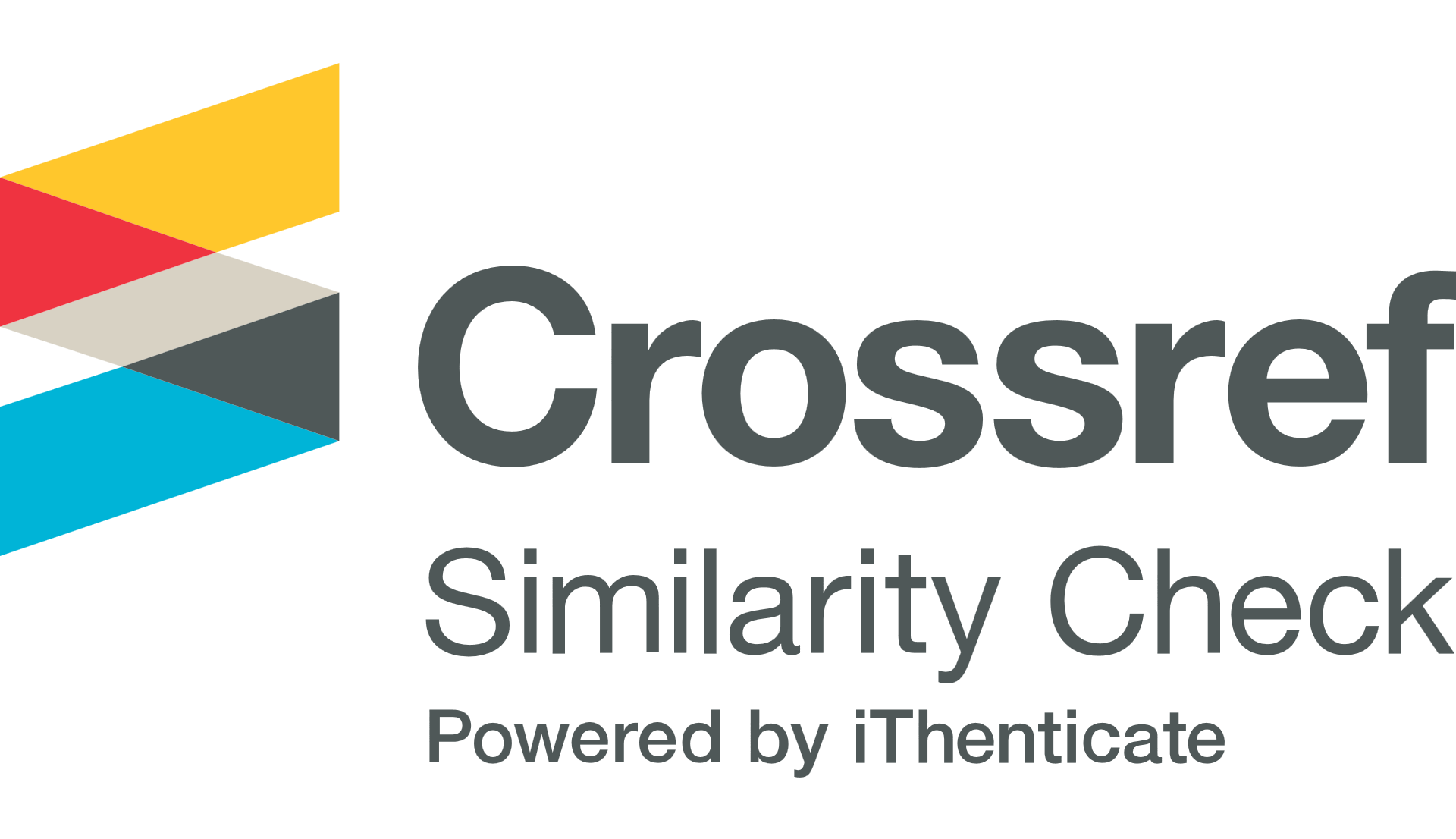COMPUTER SECURITY AND ARTIFICIAL INTELLIGENCE IN SCIENTIFIC RESEARCH
Keywords:
Computer security, Artificial intelligence, Scientific researchAbstract
This document addresses the relationship between artificial intelligence (AI) and computer security, as well as its application in the field of scientific research. In an increasingly digitized and data-dependent world, information security and the ability to extract meaningful knowledge from large data sets are crucial aspects for scientific progress. The document highlights how the integration of AI in cybersecurity has opened new possibilities to address these needs, allowing for more accurate detection of threats and more effective protection of sensitive data in the scientific field. AI powers data analysis capabilities and enables dynamic adaptation to emerging threats, thereby providing a robust defense against cyber intrusions and information loss. Ethical challenges and dilemmas associated with the application of AI in cybersecurity, such as transparency, algorithmic bias, and data privacy, are examined. Fundamental questions are raised about how to ensure the transparency and applicability of AI systems used in cybersecurity, as well as what measures to take to mitigate potential biases that could influence decisions made by these systems. The article also highlights the objective of research in this field, which seeks to explore in depth the intersection between computer security, artificial intelligence and scientific research. By better understanding this emerging field, more effective strategies can be developed to protect the integrity of scientific data and promote responsible use of AI in the advancement of human knowledge.
Keywords: Computer security, Artificial intelligence, Scientific research.
References
Álvarez, O. D. J. J. (2021). Las Tecnologías Emergentes en la Sociedad del Aprendizaje. Revista Científica Hallazgos21, 6(1), 101-110.
Arango Gomez, O. D. (2023). El ABC de la seguridad informática: guía práctica para entender la seguridad digital. https://www. autoreseditores. com/libro/22997/oscar-dario-arango-gomez/el-abc-de-la-seguridad-informatica-guia-practica-para-entender. html.
Cabrera, R. F. (2020). E-justicia, una oportunidad para la inteligencia artificial y protección de datos. Anuario de Derecho Procesal de la Maestría en Derecho Procesal de UNLaR, 1(1).
Caiza Narváez, J. J., Márceles Villalba, K., & Amador Donado, S. (2022). Revisión sistemática para la construcción de una arquitectura con tecnologías emergentes IoT, técnicas de inteligencia artificial, monitoreo y almacenamiento de tráfico malicioso.
Castro-Maldonado, J. J., & Villar-Vega, H. F. (2021). Análisis de riesgos y vulnerabilidades de seguridad informática aplicando técnicas de inteligencia artificial orientado a instituciones de educación superior. Revista modum, 3.
Cisneros-Caicedo, A. J., Guevara-García, A. F., Urdánigo-Cedeño, J. J., & Garcés-Bravo, J. E. (2022). Técnicas e Instrumentos para la Recolección de Datos que apoyan a la Investigación Científica en tiempo de Pandemia. Domino de las Ciencias, 8(1), 1165-1185.
Díaz, F. J., Molinari, L. H., Venosa, P., Macia, N., Lanfranco, E. F., & Sabolansky, A. J. (2018). Investigación en ciberseguridad: un enfoque integrado para la formación de recursos de alto grado de especialización. In XX Workshop de Investigadores en Ciencias de la Computación (WICC 2018, Universidad Nacional del Nordeste).
Flores, F. A. I., Sanchez, D. L. C., Urbina, R. O. E., Coral, M. Á. V., Medrano, S. E. V., & Gonzales, D. G. E. (2022). Inteligencia artificial en educación: una revisión de la literatura en revistas científicas internacionales. Apuntes Universitarios, 12(1), 353-372.
Forero-Corba, W., & Bennasar, F. N. (2024). Técnicas y aplicaciones del Machine Learning e Inteligencia Artificial en educación: una revisión sistemática. RIED-Revista Iberoamericana De Educación a Distancia, 27(1).
Guillén-López, O. B., Álvarez-Mayorga, J. H., & de Guillén, D. E. C. J. (2023). El pulso de la Inteligencia Artificial y la alfabetización digital en Medicina: Nuevas herramientas, viejos desafíos. Revista Médica Herediana, 34(4), 234-235.
León, D. A., Martínezq, J. G., Ardila, I. A., & Mosquera, D. J. (2022). Inteligencia artificial para el control de tráfico en redes de datos: Una Revisión. Entre Ciencia e Ingeniería, 16(31), 17-24.
Martínez Santander, C. J., & Cruz Gavilanez, Y. D. L. N. (2018). Tendencias tecnológicas y desafíos de la seguridad informática. Polo del conocimiento, 2018, vol. 3, num. 5, p. 269-279.
Moya, J. G. (2023). La importancia de la seguridad informática en la educación digital: retos y soluciones. RECIMUNDO: Revista Científica de la Investigación y el Conocimiento, 7(1), 609-616.
Osma, J. A. A., Gonzalez, E. F. S., Aguirre, C. A. P., & Saavedra, M. (2020). Revisión sobre hacking ético y su relación con la inteligencia artificial. Reto, 8(1), 11-21.
Ramos-Rivadeneira, D. X., & Jiménez-Toledo, J. A. (2024). La innovación desde las tecnologías emergentes para la competitividad empresarial. Gestión y Desarrollo Libre, 9(17).
Rodríguez, A. P. (2020). Técnicas de inteligencia artificial usadas en seguridad informática.
Romero, M. Á. M. (2023). Las herramientas de inteligencia artificial orientadas al fortalecimiento del desarrollo de investigaciones científicas y académicas: el caso de Smartpaper. AI en América Latina. Ciencia Latina Revista Científica Multidisciplinar, 7(3), 7542-7553.
Saltos, G. D. C., Oyarvide, W. V., Sánchez, E. A., & Reyes, Y. M. (2023). Análisis bibliométrico sobre estudios de la neurociencia, la inteligencia artificial y la robótica: énfasis en las tecnologías disruptivas en educación. Salud, Ciencia y Tecnología, 3, 362-362.
Valbuena, R. (2021). Inteligencia Artificial: Investigación Científica Avanzada Centrada en Datos. ROIMAN VALBUENA.
Published
How to Cite
Issue
Section
License
Copyright (c) 2024 Scientific Journal INGENIAR: Engineering, Technology and Research

This work is licensed under a Creative Commons Attribution-NonCommercial-ShareAlike 4.0 International License.

















